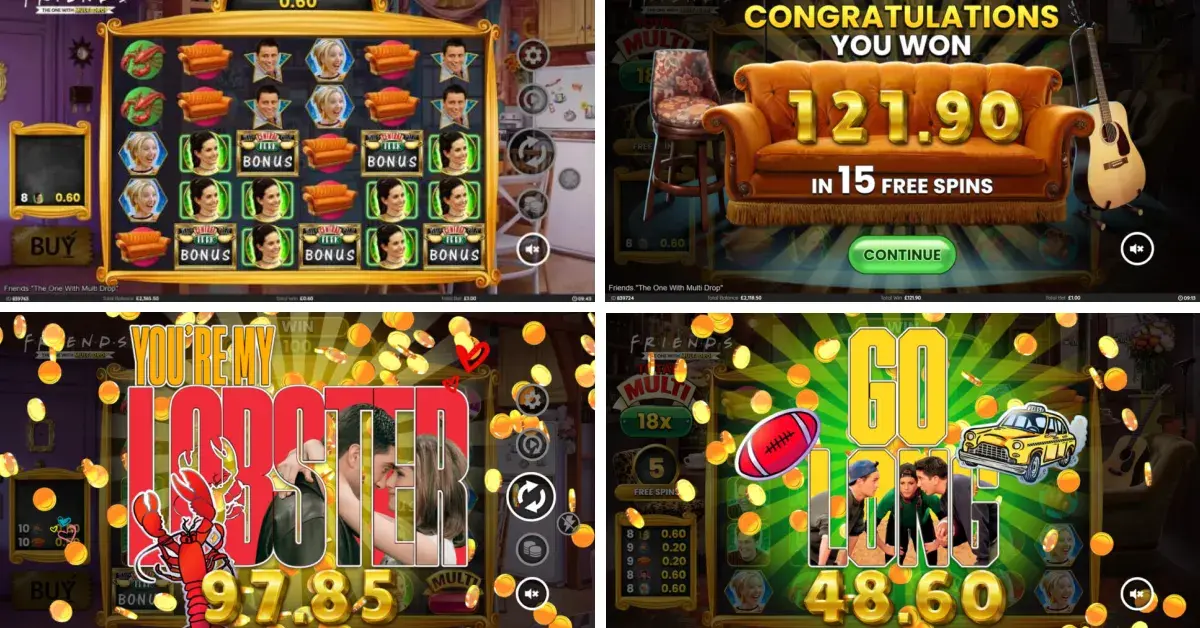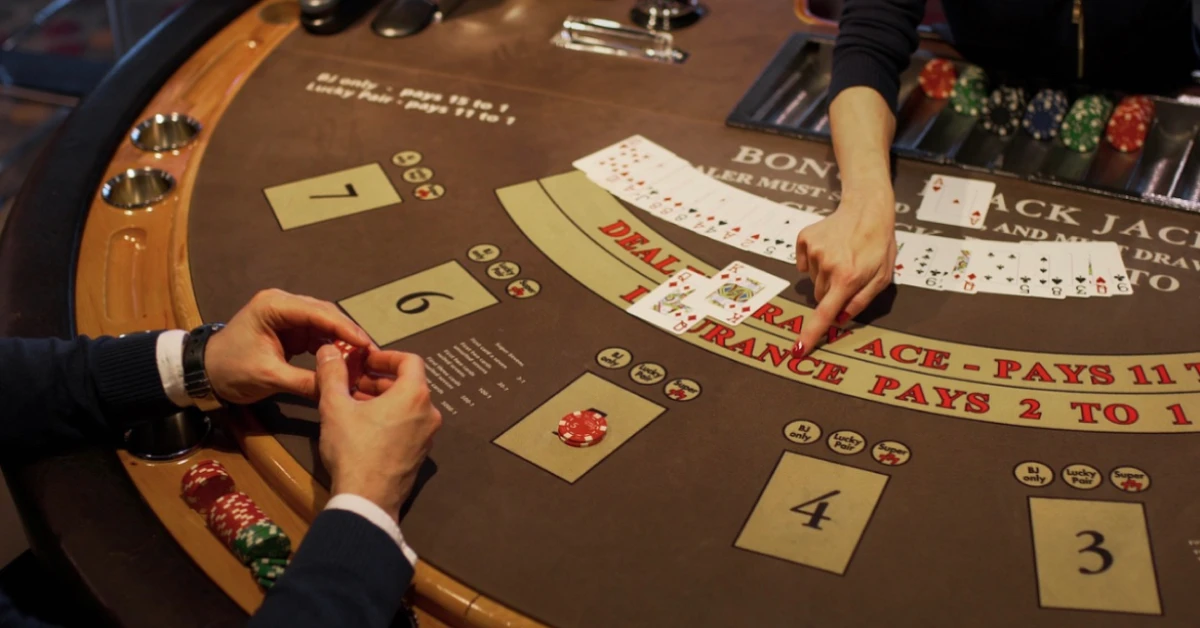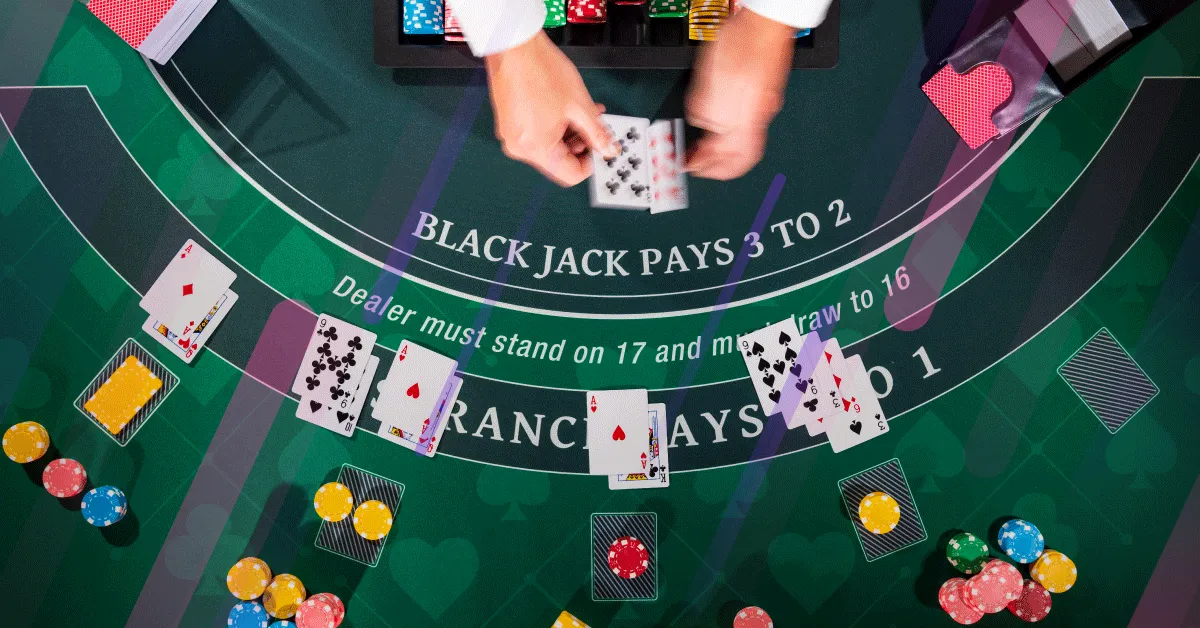Why Pachinko Never Really Took Off in the United States


1.0
Default
On a typical street in Japan, neon-lit signs are very common. And some of these neon signs prominently point to the popular game of pachinko. Pachinko is one of the most loved games in Japan, and it’s not hard to see why. You see Pachinko parlors in almost every street corner, and even kids are introduced to the game from an early age. In fact, it’s as heavily ingrained into the Japanese mindset as, say, Pokemon or anime. But what makes the game of pachinko special, and how is it distinguished from other casino games in general? In a country that considers other forms of casino gambling illegal, why does pachinko manage to escape the ire of official regulators? And perhaps the most intriguing question on our minds is, why didn’t Pachinko ever become as popular in the United States? Today, let’s take a walk down the neon-lit (and often crammed) alleyways that lead to the most popular game of Pachinko on the other side of the Pacific.
To those who have never seen a pachinko game yet, pachinko is a kind of hybrid – it looks like a cross between a slot machine and a pinball game, and it has long been a cultural phenomenon in Japan. Pachinko games are found in dedicated ‘pachinko parlors,’ and they serve as a leisure activity for millions - and plays a huge and significant role in Japan’s entertainment and gaming industry. Yet, despite its success in Japan, pachinko has never managed to gain a substantial foothold in the United States, and we’re here to delve into the reasons why.

Pachinko is a mechanical game that has its origins in Japan during the early 20th century. As with almost all games that come from Japan, it was initially designed as a children’s toy, and it evolved into an adult pastime after World War II, when pachinko parlors began appearing across Japan. By the way, the pachinko meaning simply refers to the game itself, so if you’re wondering ‘What does pachinko mean?,’ it is just a Japanese word that refers to the pachinko machine itself. These days, the game has evolved somewhat and operates similarly to a slot machine but with unique elements.
For instance, the gameplay in pachinko involves firing small steel balls into the machine using a spring-loaded lever. Players would then aim to land these balls into specific pockets to trigger a cascade of more balls, which can be exchanged for prizes. But here’s the difference: unlike slot machines that rely purely on luck, pachinko incorporates an element of skill in how players control the speed and trajectory of the balls. The machine’s flashing lights, loud noises, and vibrant designs add to its appeal. In a way, because there’s an element of skill involved, pachinko can be likened to Pennsylvania skill games.
Pachinko is more than just a game - it’s a social institution. Japan has over 9,000 pachinko parlors, and needless to say, it’s a multibillion-dollar industry. More than this, pachinko often serves as a form of escapism and socialization, which is why it attracts players of all ages and demographics. The game is deeply woven into Japanese culture, with its ubiquity comparable to bowling alleys or arcades in the US and the rest of the Western world. But times are changing in Japan as well – there has been a noticeable decline in recent years of pachinko enthusiasts, perhaps because video games and other electronic games have increased, and the charm of pachinko may well be facing heavy competition. Still, it’s as ubiquitous as apple pie in America – and it’s a game that has made its mark.
The introduction of pachinko to the US began in the 1950s and 1960s. Returning soldiers from World War II and the Korean War brought back pachinko machines as souvenirs, which made Americans understandably curious and intrigued. By the 1970s, some manufacturers even attempted to commercialize pachinko parlors in the US, especially in urban areas with large Japanese-American populations, like California and Hawaii. However, these efforts largely failed, and pachinko remained a niche curiosity rather than a mainstream pastime.
Many believe that one of the primary reasons why pachinko failed to resonate with American audiences is the cultural gap. We all know that pachinko thrives in Japan, which is partly due to its alignment with Japanese social norms, where the compact and densely populated urban spaces makes large-scale entertainment options like casinos less feasible. For instance, if you ask anyone in Japan, what is pachinko? they will immediately know what you are referring to. In contrast, the US already had a well-established casino culture with sprawling gaming floors and a focus on high-stakes gambling. It didn’t hurt that the US offered more diverse game options, either! The relatively low stakes and prize-based rewards of pachinko did not really align with American preferences for huge monetary payouts.
In addition, pachinko’s chaotic and noisy environment, while appealing in Japan, may have been overwhelming or off-putting to American players accustomed to the more polished ambiance of casinos and arcades.
The legal landscape of gambling in the US also posed significant hurdles for the spread of pachinko. As some of you may already know, pachinko operates in a legal gray area in Japan, where players technically exchange their winnings for prizes instead of cash. This workaround allows pachinko parlors to avoid being classified as gambling establishments. In the US, however, gambling laws vary by state and are often stricter. Pachinko’s prize-to-cash conversion system would likely have faced scrutiny and potential legal obstacles, which deterred operators from establishing pachinko parlors on a large scale.
Another hurdle is existing forms of entertainment. By the time pachinko machines were introduced in the US, Americans already had access to a variety of entertainment options - including pinball machines, slot machines, and video arcades. Pinball, in particular, offered a familiar tactile experience, while video games (especially in the 1980s) ushered in an era of immersive, skill-based entertainment. Slot machines, meanwhile, provided the monetary incentives that pachinko lacked. Against this setting, pachinko struggled to carve out a unique niche.
All in all, the efforts to market pachinko in the US were fragmented and lacked the cohesive branding needed to attract a wide audience. Unlike Japan, where pachinko parlors are ubiquitous and enjoy decades of cultural familiarity, American audiences were unfamiliar with the game – and, in fact, many ordinary Americans still are! Moreover, marketing campaigns often failed to communicate pachinko’s unique appeal, leaving it overshadowed by more established forms of entertainment.
While pachinko incorporates elements of skill, its mechanics can be confusing to first-time players as well. Slot machines, for example, offer immediate gratification through their straightforward “pull-and-win” design. Pachinko, on the other hand, requires players to learn how to control the flow of balls and understand the machine’s intricacies. This steep learning curve may have discouraged casual players in the US, who preferred simpler and more intuitive gaming experiences.

To further understand why pachinko failed in the US, it’s worth examining the factors behind its enduring success in Japan:
Despite its past failures, the most important question remains: could pachinko ever find a foothold in the modern US market? The answer to this is complicated. In order to succeed, pachinko would need to undergo significant adaptations to align with American tastes and regulatory frameworks.
First, introducing cash prizes could make pachinko more appealing to American gamblers, though this would require navigating complex gambling laws. In short, Americans are used to monetary incentives, and if pachinko could be made to incorporate this, Americans may be more motivated to give pachinko a try.
Second is the issue of modernization. For instance, leveraging digital technology to create hybrid pachinko-video games could well attract younger audiences. Third, we believe there should be more targeted marketing. Positioning pachinko as a retro or niche entertainment option might resonate with enthusiasts of Japanese culture or vintage gaming. In the US, there is already one existing pachinko parlor in the US – Pachinko World in North Carolina. Incidentally, it may also interest you to know that there is another Pachinko Parlor in Oklahoma, which is actually a restaurant named after the iconic game (with no hint of pachinko anywhere). All these changes to the pachinko game and name in the US might add to its appeal – but it might also compromise pachinko’s unique identity, potentially alienating Americans from its core charm.
Pachinko’s limited success in the US demonstrates the challenges of transplanting a deeply cultural phenomenon into a foreign market. While pachinko remains an iconic part of Japanese culture, its gameplay, social function, and the regulatory environment surrounding it have not translated well to the American context.
For pachinko to ultimately thrive in the US, maybe it would require a reinvention that balances its traditional, almost quirky charm with modern gaming trends and American preferences - a daunting, but not impossible, task. Until then, pachinko will likely remain a fascinating curiosity rather than a staple of American gaming culture.

August 6th, 2025
Why the Friends Slot Game Is a Must-Play for Every Fan
July 30th, 2025
13 Celebrities Who Love Playing and Winning at Blackjack
July 18th, 2025
Dana White's Net Worth: From UFC Titan to High-Stakes Gambler
July 10th, 2025
Bridge Bidding Guide: Systems, Conventions & Strategy
July 7th, 2025
Famous Celebrities and Legends Who Loved Playing Craps
June 27th, 2025
Best Online Slot Tournaments to Play Right Now
June 26th, 2025
Master European Blackjack: Rules, Strategy Charts & Winning Tips
June 19th, 2025
Blackjack Deviations – Advanced Plays for Bigger Profits
June 16th, 2025
How to Win at Bingo: Tips That Actually Work
June 9th, 2025
Top 10 Flea Markets in Connecticut You Should VisitAre you sure?
This will delete all chat history, and I will not remember what we were talking about.
✔
Todays Hot Deals